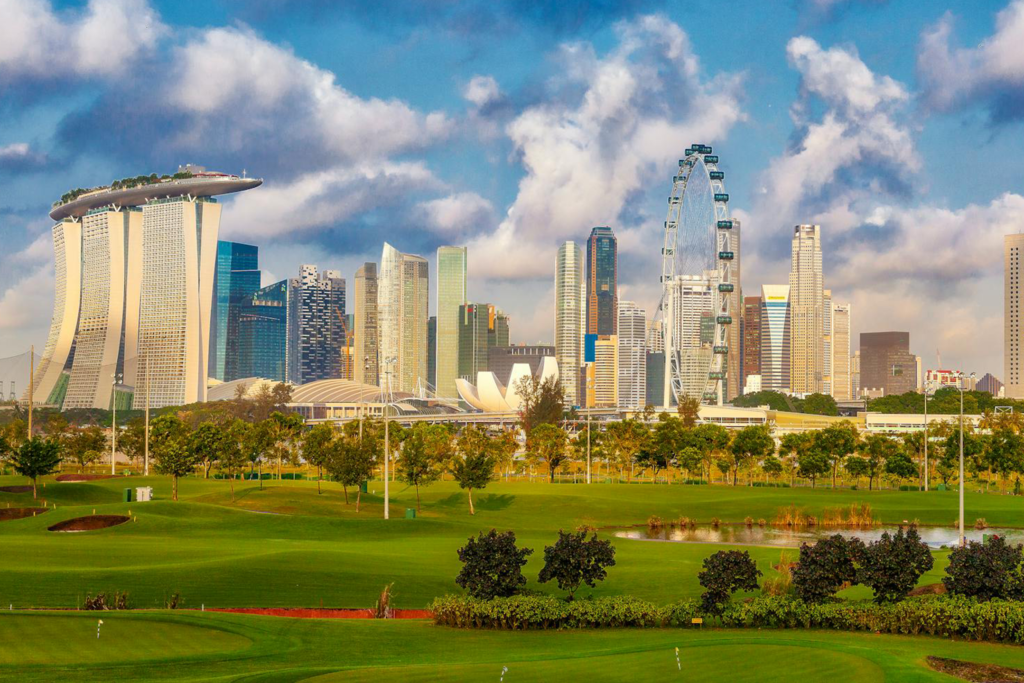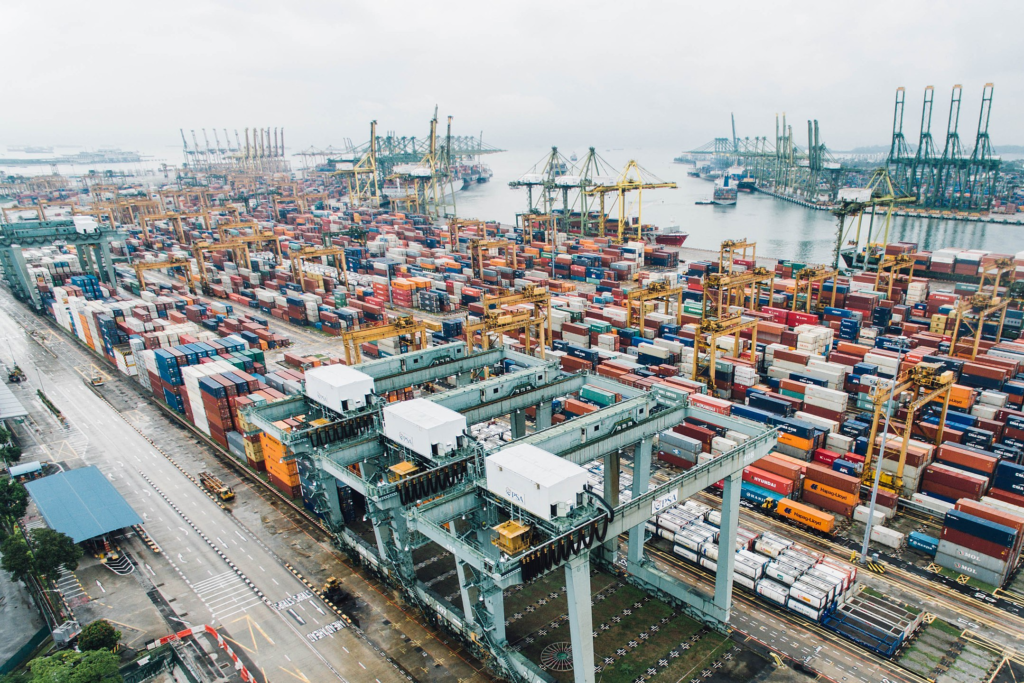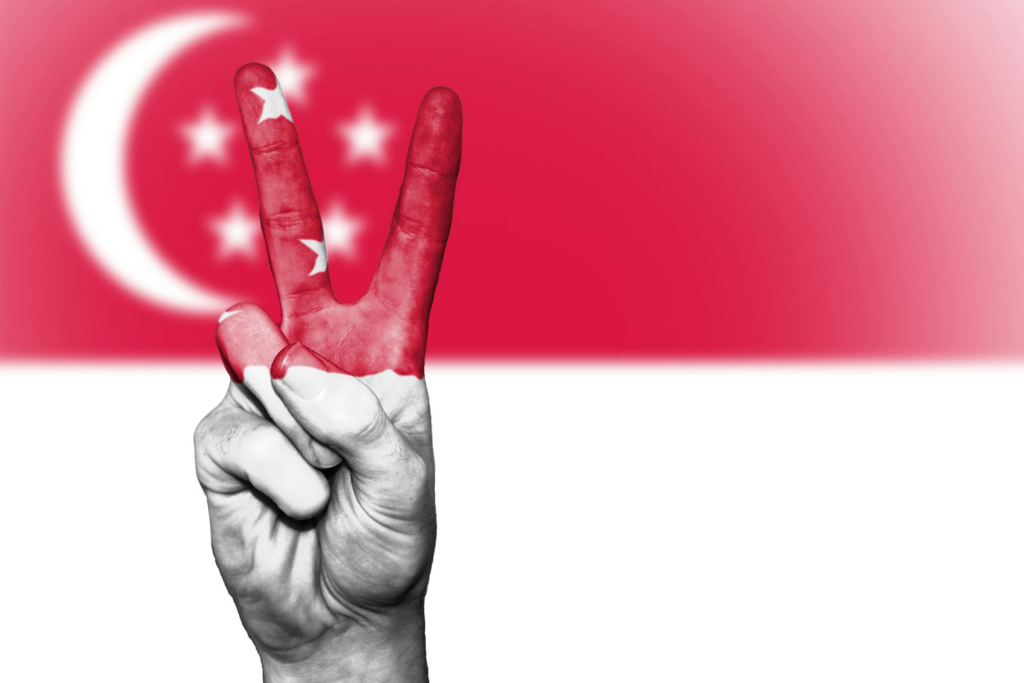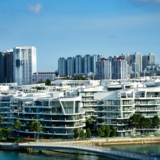Singapore’s economy has grown into a global powerhouse known for its efficiency, innovation, and stability. Despite its small size and lack of natural resources, the city-state has evolved from a colonial trading port to one of the most advanced economies in the world. This transformation is rooted in sound governance, a strong regulatory framework, and strategic global integration. This blog article delves into Singapore’s economic history, major industries, economic policies, challenges, and future outlook.
Historical Evolution and Growth
Singapore’s economic journey began when it gained independence in 1965. At that time, it faced numerous challenges, including high unemployment, low foreign reserves, and a scarcity of natural resources. Under the leadership of Prime Minister Lee Kuan Yew, Singapore adopted an industrialization strategy to attract foreign investment. The Economic Development Board (EDB), established in 1961, was key in driving this transformation by promoting manufacturing and developing infrastructure. Over the next few decades, Singapore’s economy rapidly grew, transitioning from labor-intensive industries to high-value sectors such as electronics, pharmaceuticals, and petrochemicals [1][2][3].

Key Industries
Financial Services
The financial sector is a vital component of Singapore’s economy, contributing around 14% to its Gross Domestic Product (GDP). Singapore’s status as a global financial hub is supported by its well-regulated banking system and a stable political environment. The Monetary Authority of Singapore (MAS) plays a central role in regulating the financial industry, ensuring its stability and promoting its growth.
Singapore is also one of the top wealth management centers in the world, attracting high-net-worth individuals from across the globe. Its financial services sector includes banking, insurance, asset management, and increasingly, fintech. The country is seen as a leader in financial technology, with significant investments in digital banking and blockchain technology [4][5][6].
Manufacturing
Despite being a service-driven economy, manufacturing remains a cornerstone of Singapore’s economic structure. The sector contributes about 20% of the country’s GDP, with high-tech industries such as electronics, biomedical sciences, and precision engineering leading the charge. The electronics industry, in particular, is a critical contributor, accounting for nearly one-third of manufacturing output. Multinational companies like Micron Technology and GlobalFoundries have established substantial operations in Singapore, leveraging the country’s advanced infrastructure and skilled workforce.
In recent years, Singapore has embraced advanced manufacturing technologies, including automation, artificial intelligence (AI), and Industry 4.0. These efforts aim to enhance productivity and maintain Singapore’s competitiveness in the global economy [2][7][8].
Trade and Logistics
Singapore’s strategic location at the crossroads of major shipping routes has long made it a global trading hub. The Port of Singapore is one of the busiest in the world, handling nearly 20% of global container transshipment traffic. In addition to its port, Singapore’s Changi Airport is a major player in global air cargo, further cementing the country’s role as a key logistics hub.
Trade and logistics are integral to Singapore’s open economy, with free trade agreements (FTAs) playing a crucial role in securing access to international markets. The country’s infrastructure is continuously upgraded to support its status as a global trade center, including investments in digital logistics platforms to improve supply chain efficiency [1][2][9].

Economic Policies and Governance
Singapore’s economic policies are marked by a strong emphasis on openness to trade, foreign direct investment (FDI), and innovation. The government’s proactive approach has helped foster a business-friendly environment with low corporate taxes, minimal red tape, and strong intellectual property protection.
Monetary and Fiscal Policy
The Monetary Authority of Singapore (MAS) employs a unique exchange rate-based monetary policy that centers around managing the Singapore dollar’s value against a basket of currencies. This approach helps maintain price stability and ensures the country’s export competitiveness. On the fiscal front, Singapore follows a conservative approach, maintaining budget surpluses and limiting public debt. This allows the government to invest heavily in infrastructure, social programs, and education without compromising long-term fiscal stability [4][5][10].
Labor Market and Education
Singapore’s labor market is highly productive and efficient, bolstered by strong policies on skills development and education. The country’s education system is globally recognized for producing highly skilled graduates, and the government continually invests in programs aimed at upgrading the workforce’s skillset. SkillsFuture, a national initiative, offers Singaporeans opportunities to learn new skills and improve their employability throughout their careers.
Additionally, Singapore has cultivated a flexible immigration policy to attract global talent while ensuring that its domestic workforce remains competitive [8][9][10].
Challenges
Aging Population
One of the most significant challenges Singapore faces is its aging population. The country has one of the world’s lowest fertility rates, and its population is aging rapidly. By 2030, it is estimated that one in four Singaporeans will be over 65 years old. This demographic shift presents several challenges, including a shrinking labor force and increased healthcare costs.
The government has implemented various policies to address this issue, such as raising the retirement age and encouraging businesses to adopt more inclusive hiring practices. However, the aging population remains a long-term concern for the sustainability of Singapore’s economic growth [2][11][12].
Economic Inequality
Income inequality is another challenge Singapore faces, with a relatively high Gini coefficient compared to other developed countries. Although the government has introduced social safety nets, including the Workfare Income Supplement and the Silver Support Scheme, disparities in income and wealth persist.
The government’s approach to tackling inequality includes providing access to quality education and healthcare, as well as promoting homeownership. However, continued efforts are needed to ensure that economic growth benefits all segments of society [2][9][13].

Sustainable Development
In a context where the extreme weather patterns pose significant risks to its infrastructure and economy, the government has recognized the urgency of addressing climate change and has launched the Singapore Green Plan 2030, which aims to halve carbon emissions by 2050 and promote sustainable development.
Singapore is also investing in renewable energy and green finance, positioning itself as a leader in sustainability and environmental innovation [1][2][11].
Future Outlook
Despite the challenges, Singapore’s economic outlook remains positive. The country is well-positioned to capitalize on emerging opportunities in areas such as digital technology, green finance, and advanced manufacturing. Investments in AI, automation, and renewable energy are expected to drive future growth.
Singapore’s role as a global financial and trading hub is likely to remain strong, supported by its strategic location, world-class infrastructure, and business-friendly environment. Additionally, its free trade agreements, such as the Comprehensive and Progressive Agreement for Trans-Pacific Partnership (CPTPP) and the Regional Comprehensive Economic Partnership (RCEP), will ensure its continued access to key markets.
However, Singapore must navigate an increasingly uncertain global environment marked by geopolitical tensions, trade disruptions, and the ongoing impacts of climate change. The country’s ability to remain adaptable and forward-thinking will be key to maintaining its economic success [1][4][5].
Sources
[1] Economic Development Board (EDB)
[2] Ministry of Trade and Industry (MTI)
[3] Singapore Department of Statistics
[4] Monetary Authority of Singapore (MAS)
[5] International Monetary Fund (IMF)
[6] World Bank
[7] Micron Technology and GlobalFoundries reports
[8] Singapore SkillsFuture initiative
[9] Port of Singapore Authority and Changi Airport reports
[10] Singapore Budget and Fiscal Policy Review
[11] Singapore Green Plan 2030
[12] Population White Paper, Singapore Government
[13] Workfare Income Supplement





